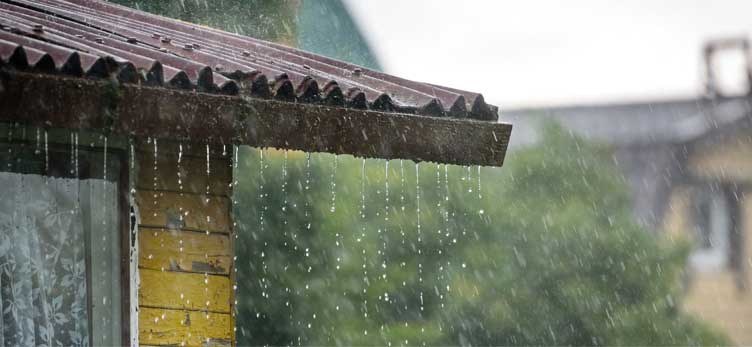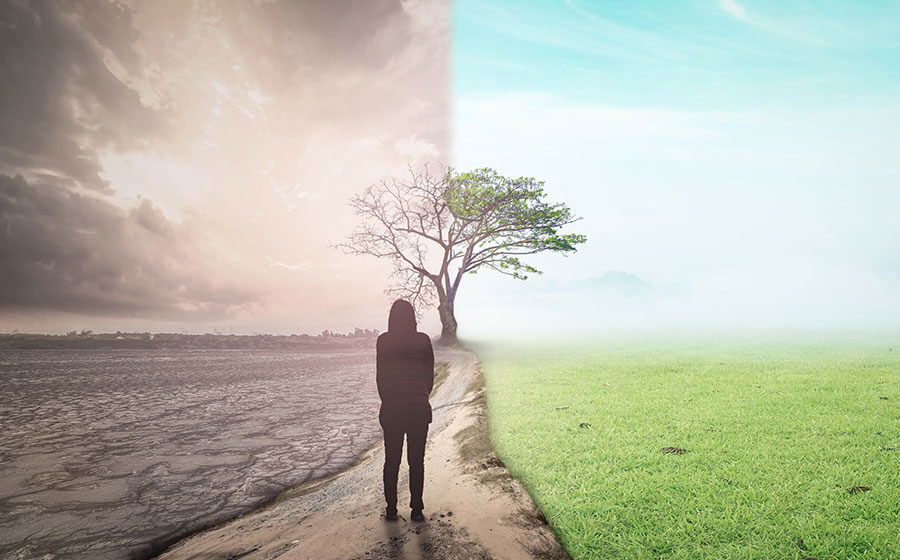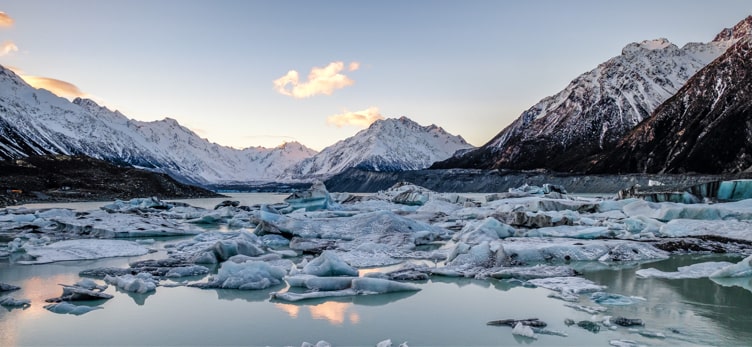- Home
- News
-
Weather Articles
-
Horoscope
- Sweepstakes
- Deal of The Day
Top things to look out for in a weather forecast

Do you understand what your weather forecast is telling you?
While the most straightforward weather report will usually tell you about the temperature, detailed forecasts have plenty more to say. In-depth reports tell us about wind speed and direction, relative humidity, atmospheric pressure, rainfall and any immediate threats of severe weather. Yet, sometimes forecasts show us contradictory things that leave us wondering about what exactly will happen in the day, week or month.
Here are four things to make sure you consider the next time you need a good weather forecast:
How will the weather predicted affect you?
Instead of wondering how much snow will fall, a better question to ask is when it will happen and how long will it last? Also, when you're looking up a forecast, think about the many ways this will affect your life. While planning for outdoor events, whether they are family barbecues or weddings, take the weather into account. Over 50% chance of rain, heat waves or lower than 50% chance of a more severe weather pattern coming your way can mean needing to change the venue or postpone your celebrations.
Watch or Warnings - What's the difference
When there is a strong chance of high-impact weather, the National Weather Service will usually issue a Watch or Warning as early as possible. These are meant to keep everyone alert, help them prepare and keep the channels of communication open.
Severe weather warnings for your immediate areas will allow you to check out emergency routes, services and connect with your community in case of evacuation. But here's a significant difference. While a weather watch means that severe weather could take place and you should prepare, a warning is far more serious.
It means that you should get to safety immediately as the weather event is already happening. Depending on whether a tornado is around the corner or flash flood, the measures you will need to take will change.
Watches and Warnings are among meteorologists best tools to help people stay safe. They also show a high degree of confidence in the prediction. The idea is to get people to safety not cause panic, so when these alarms are sounded, pay attention.
Be careful with your sources
Contrary to popular belief, reading the weather is not only science, it is a carefully honed craft. This also means that just any app or random website can hardly replace the skills of the teams of local meteorologists.
When you want the whole accurate picture, look for reports from the National Weather Service or your news channel forecasts instead. They are put together by meteorologists and weather experts who use different models to calculate different kinds of weather and factor in many biases. There are also far more intuitive and able to swap models when necessary. Human interpretation is also essential to understanding that, e.g. the 40% chance of rain is just a precursor to a more severe hail storm.
Pay attention to probabilities
A weather forecast is an educated guess about what might happen in a place during a specific period. But that doesn't mean it's carved in stone. A 10-15% chance of precipitation could easily swing into a full-blown tropical storm. There are no complete certainties when it comes to the weather. Resist the temptation to interpret the weather as what you'd like to see and you’ll be better prepared in case it takes a deadly turn.
While weather predictions continue to improve, we must remember that it's still a science tasked with future predictions. We must take on some of the responsibility for staying updated and keeping our loved ones and communities safe.








